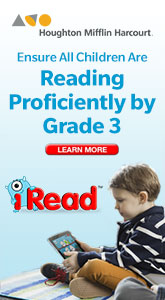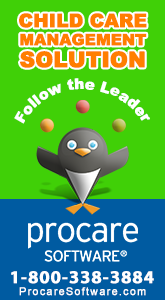ExchangeEveryDay Past Issues
 << Previous Issue
| View Past Issues | | Next Issue >>
<< Previous Issue
| View Past Issues | | Next Issue >> -Jalal Rumi, poet
In the introduction to Hands-On Science and Math: Fun, Fascinating Activities for Young Children, author Beth Davis observes that "...children exposed to hands-on science instruction gain greater subject-matter understanding than students exposed to only book learning or traditional worksheets. When I doubled the amount of hands-on instruction give to the lowest performing student population in an at-risk class at a Florida elementary school, these children showed the highest gains when compared with ten other classes made up of average and above-average students in the same elementary school....
"Mathematical thinking and scientific discovery are great opportunities to develop critical thinking skills in young children. To do this, children must be conscious of the world around them by exploring using their senses: touch, sound, sight, taste, and smell. Activities such as nature walks, visits to a school garden, and hands-on science explorations allow children to touch nature, see bugs, and listen to outdoor sounds."
Encourage young investigators to feel, listen, smell, taste, and see their way to discovery by seamlessly infusing math and science throughout the school day! As you incorporate all five senses into learning experiences, you will give little innovators the opportunity to observe and explore the world around them. The activities in Hands-On Science and Math: Fun, Fascinating Activities for Young Children will help you plan engaging science, technology, engineering, and math (STEM) lessons that will excite children and foster their critical thinking.





Comments (1)
Displaying 1 CommentCSBC
Denver, CO, United States
Unfortunately, with the increased focus on STEM, we are going to see ECE and elementary school classrooms reduce hands-on science and math learning, with an increase on direct instruction and worksheets! Mark my words!
Post a Comment